The 5 Best Roofing Companies in Fayetteville, NC for 2024
How do you find the best roofers? Ask an experienced roofing contractor who knows all the other roofing contractors in Fayetteville NC!
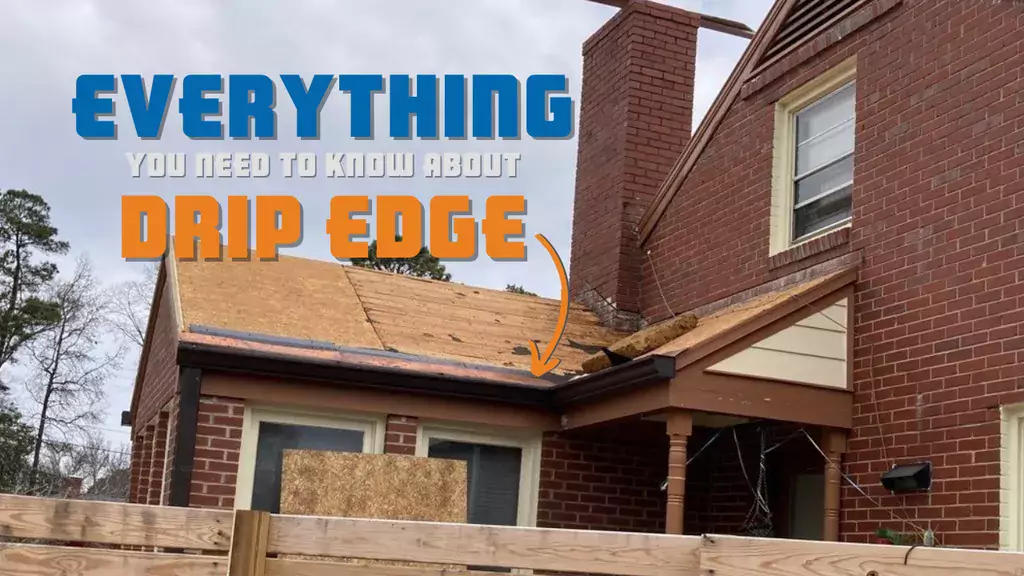
When it comes to roofing, there are several components that work together to protect your home or building from the elements. One such crucial component is drip edge, also known as roof drip edge flashing.
We’ve been installing and repairing roofs for over 30 years, and with every roof replacement we do, we install drip edge by default, because it really is that important. Drip edge can extend your roofs life by several years, and keep your fascia safe from a world of water damage.
In this blog, we’ll be discussing:
Alright, let's get started!
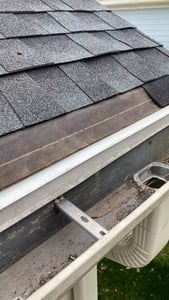
Drip edge is a metal flashing that is installed along the edge of a roof to prevent water from flowing back into the house or building. Its primary function is to direct water away from the roof edge, protecting the underlying components and preventing water damage. The water that comes down on your roof during a heavy rain will run down the slope of your roof, and without drip edge, it will run back under the shingles and into your fascia. Drip edge is typically made of aluminum, galvanized steel, or copper and comes in various shapes and sizes to suit different roof styles.
Drip edge plays a vital role in maintaining the integrity of your roofing system. Here are some key reasons why drip edge is important:
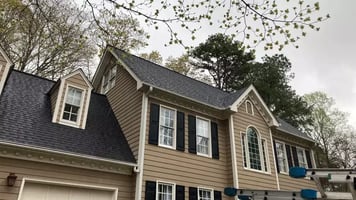
Water Protection: By directing water away from the roof edge, drip edge prevents water from seeping under the shingles or other roofing materials. This helps protect the roof deck, fascia, and soffit from rot, decay, and other forms of water damage.
Ice Dam Prevention: During winter, snow and ice can accumulate on the roof, leading to the formation of ice dams. Drip edge helps prevent ice dams by allowing water to flow freely off the roof, reducing the risk of water infiltration and subsequent damage.
Structural Stability: Properly installed drip edge provides additional support to the roof edge, enhancing the overall structural stability of the roof.
Installing drip edge is a relatively straightforward process that can be done by a professional roofer or an experienced DIYer. Here is a step-by-step guide to installing drip edge: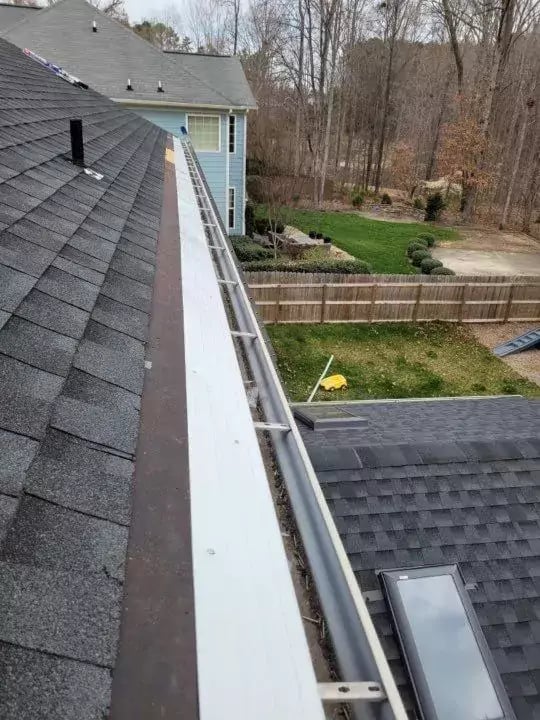
Preparation: Remove the old roofing material from the roof edge, ensuring a clean and smooth surface.
Measurement: Measure the length of the roof edge and cut the drip edge accordingly, allowing for a 1/2 inch overhang on the roof edge.
Placement: Secure the drip edge to the roof deck using roofing nails or screws, ensuring that the fasteners are placed at least 2 inches from the roof edge to prevent water from flowing back under the drip edge.
Underlayment: Install the underlayment over the drip edge, making sure to overlap the drip edge by at least 2 inches. This provides an extra layer of protection against water intrusion.
Roofing Material: Install the shingles or other roofing material over the underlayment and drip edge, following the manufacturer's instructions.
Drip edge is available in different materials, each with its own unique properties and advantages. The most common materials used for drip edge include:
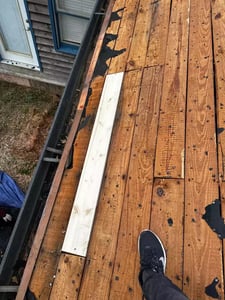 Aluminum: Aluminum is a popular choice for drip edge due to its lightweight nature, durability, and resistance to corrosion. It is also easy to work with and can be painted to match the color of the roof.
Aluminum: Aluminum is a popular choice for drip edge due to its lightweight nature, durability, and resistance to corrosion. It is also easy to work with and can be painted to match the color of the roof.
Galvanized Steel: Galvanized steel drip edge is known for its strength and longevity. However, it is prone to rust and corrosion, especially in areas with high humidity. Regular maintenance is necessary to prevent rusting.
Copper: Copper drip edge is the most expensive option but offers exceptional durability and resistance to corrosion. It also adds a touch of elegance to the roofline. Over time, copper develops a distinct patina that enhances its appearance.
While drip edge is designed to be durable, it can become damaged or worn out over time. Here are some signs that indicate your drip edge may need attention:
Rust or Corrosion: If you notice rust or corrosion on the drip edge, it may be compromised and less effective in directing water away from the roof edge. Prompt replacement is recommended.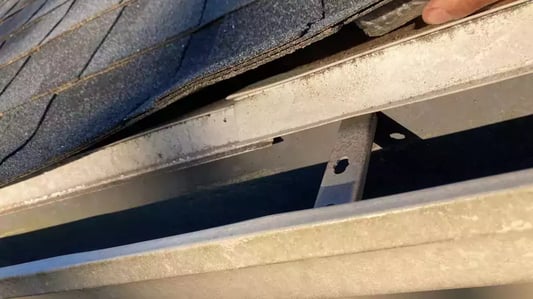
Bent or Warped Drip Edge: Drip edge that appears bent or warped may have lost its shape and effectiveness. This can allow water to penetrate beneath the roofing materials, potentially causing damage.
Missing or Damaged Drip Edge: If sections of the drip edge are missing or damaged, it leaves the roof vulnerable to water infiltration. Timely repair or replacement is crucial to maintain proper water management.
Water Stains on Fascia or Soffit: Water stains or discoloration on the fascia or soffit may indicate that water is not being properly directed away from the roof edge. This could be a sign of drip edge failure or damage.
In our years of roofing experience (that’s 32, at the time of writing this blog in 2023) we’ve seen how crucial it is to have drip edge included in your asphalt shingle roof replacement. Because of how important we believe drip edge is, we always install it in our roof replacements that we do in the Raleigh area.
Drip edge is a critical component of any roofing system, protecting your home or building from water damage and ensuring its long-term durability. By understanding what drip edge is, why it's important, how to install it, the different materials available, and the signs of damage, you can make informed decisions about your roofing system's maintenance and upkeep. Don't overlook the importance of drip edge—investing in this simple yet effective solution can save you from costly repairs down the road.
On Tops Roofing has been installing drip edge as a part of its residential roof replacement services since 1991! Whatever your roofing project requires, We’re on it!
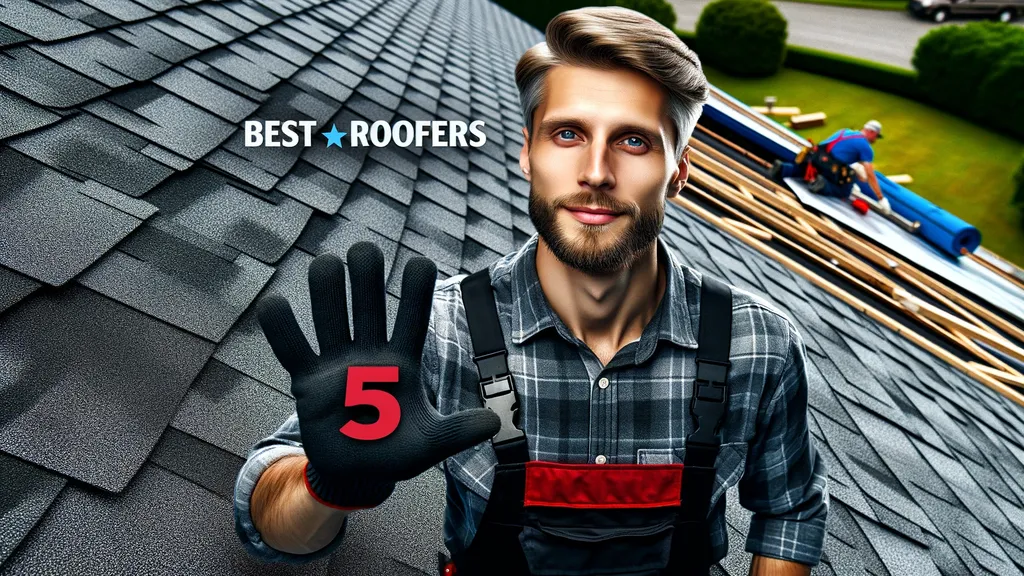
How do you find the best roofers? Ask an experienced roofing contractor who knows all the other roofing contractors in Fayetteville NC!
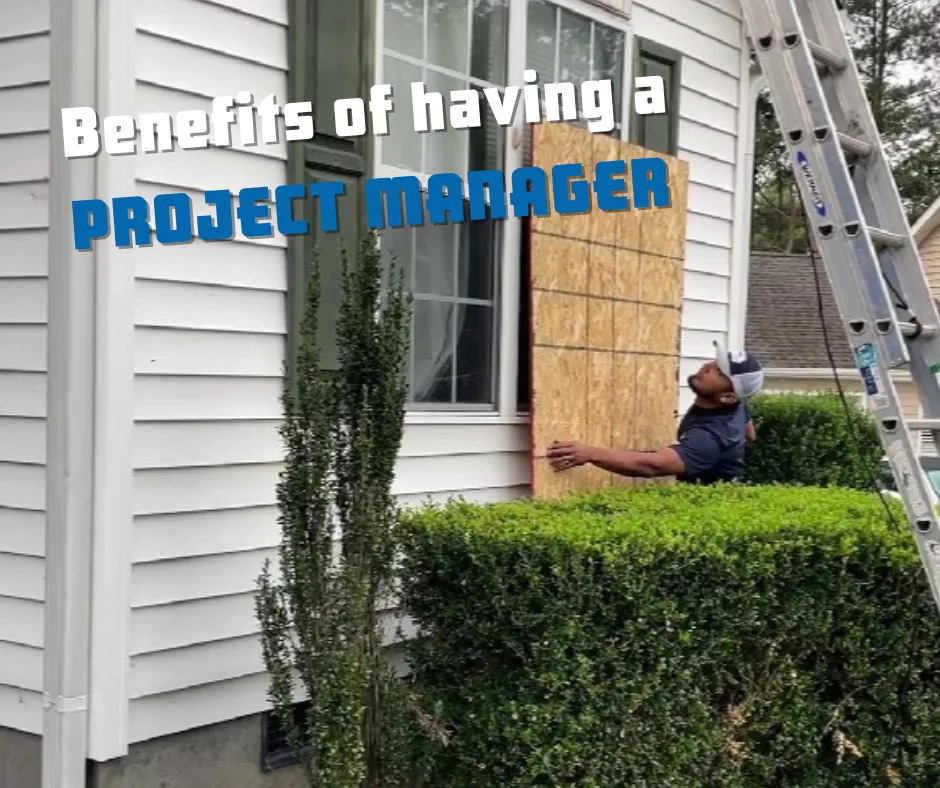
A roof replacement is a substantial undertaking, and the key to a successful project often lies in the hands of the project manager. This individual...
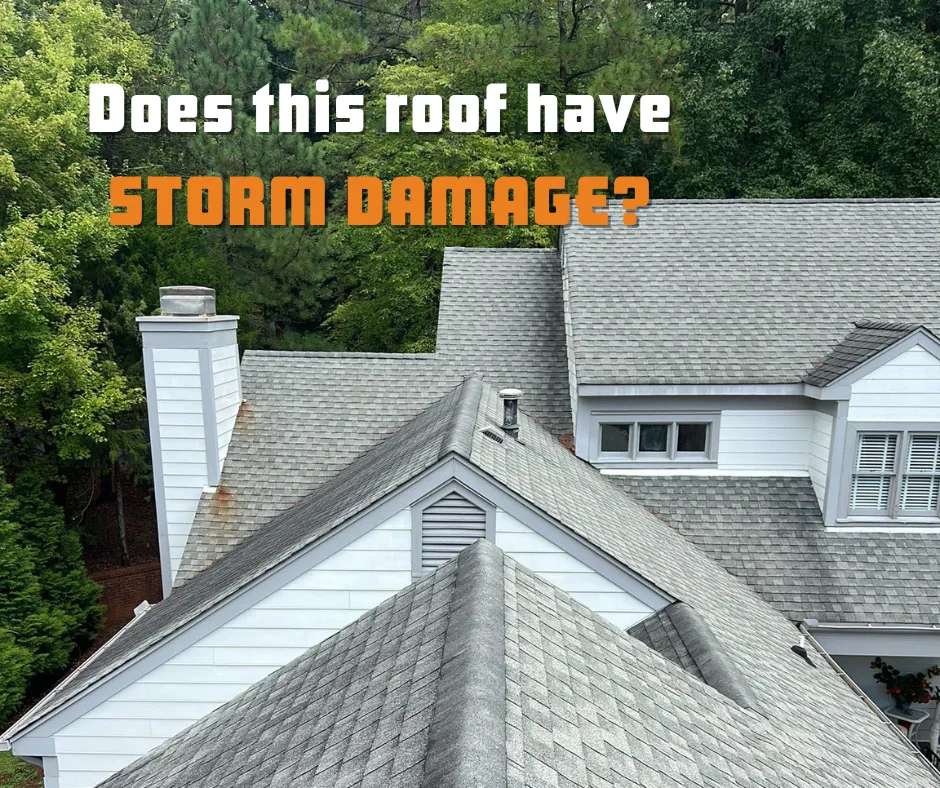
If you’ve recently experienced a storm, you should probably take some time to investigate your roof for signs of damage left by that storm.